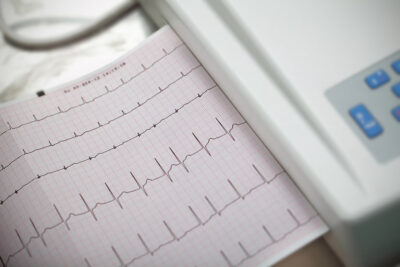A large Swedish population study of screening for atrial fibrillation (AF) in 75-year-old individuals that was enhanced by N-terminal pro-B-type natriuretic peptide (NT-proBNP) stratification did not identify more AF cases or prevent thromboembolic outcomes compared to unscreened control subjects. However, a low NT-proBNP (< 125 ng/L) did identify individuals at low risk for AF and thromboembolic events in whom screening could be safely forfeited.

ABSTRACT & COMMENTARY
Biomarker Enhances Screening for Atrial Fibrillation
November 1, 2024
